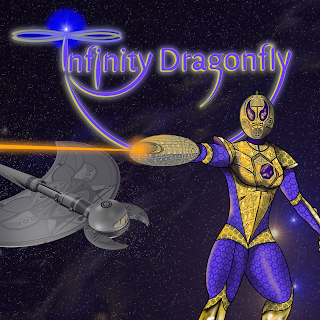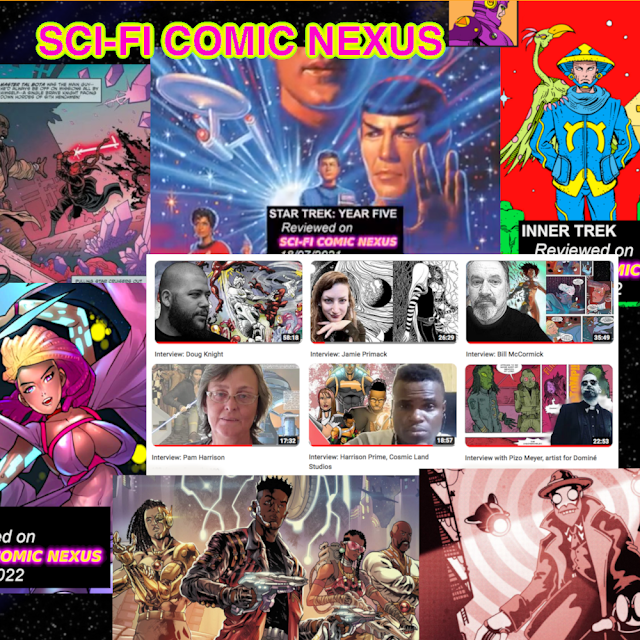Halo: Fall of Reach - Boot Camp
By the end of the 25th century, humankind has settled a rapidly growing portion of the galaxy. Under the dominion of the United Nations Space Command, and with the use of slipspace travel, over 800 planets have been colonised and populated.
But all empires suffer conflict, and for the largest empire humanity has ever known, this conflict is terrible indeed. At the dawn of the 26th century, the UNSC finds itself facing a full-blown insurrection and the real possibility of endless civil war.
Only one woman knows what must be done to prevent this war, and only she knows how much it will cost...
Our story begins several years before the first contact with the alien Covenant. This is a purely human galaxy with very human problems; the eternal spectres of greed, oppression and war.
Halo: Fall of Reach is adapted by writer Brian Reed and artist Felix Ruiz from the novel by Eric Nylund, which is of course based upon the phenomenally successful game from 343 Industries. Part one, Boot Camp, follows the story of John 117 from the planet Eridanus, one of seventy five children abducted for the Spartan II project.
Dr Catherine Halsey of the UNSC's Office of Naval Intelligence picks him based upon his special capabilities, not just an aptitude for combat (at the age of six) but also his ability to accurately predict the toss of a coin (Precognition? Luck?). Brutal basic training follows, forging the children into ruthless soldiers to be used as covert anti-insurgency operatives. Upon reaching adulthood the recruits undergo surgical enhancements to make them into superpowered warriors.... those who survive the process, that is.
The premise is a refreshingly mature one with clear indications that the organisation to which our hero belongs is mired in moral ambiguity. The UNSC cracks down very heavily on the rebels, suggesting that for a colony to declare independence is not considered an option. The empire brooks no dissent and - as is seen in the treatment of the Spartan children - will go to savage lengths to maintain its dominance. Human rights are sacrificed for the "greater good" (of the status quo).
Also satisfying is the worldbuilding inherent in the story, where the future history of the human race is one of the gradual colonisation of new planets with no sign (at this point) of any intelligent extraterrestrials. This is a somewhat more realistic version of events compared to tales in which the aliens just happen to be waiting for us to come calling in a relatively nearby star system to Earth. The grand vista of a human galactic community (as in Asimov's Foundation and Herbert's Dune) gives the characters more depth, context and authenticity.
Also satisfying is the worldbuilding inherent in the story, where the future history of the human race is one of the gradual colonisation of new planets with no sign (at this point) of any intelligent extraterrestrials. This is a somewhat more realistic version of events compared to tales in which the aliens just happen to be waiting for us to come calling in a relatively nearby star system to Earth. The grand vista of a human galactic community (as in Asimov's Foundation and Herbert's Dune) gives the characters more depth, context and authenticity.
The panels are rendered in a style that is rough and sketchy-looking but tight and natural, as befitting the gritty narrative. Likewise the spacecraft are Brutalist, non-aesthetic machines (no curvaceous warp nacelles on show here, sorry) adding to the pragmatic motif.
John exceeds the expectations of his instructors, proving himself to be not just a capable soldier but also a natural-born leader. He is put in charge of a squad and they are given a mission; infiltration of an insurgent base in the Eridani asteroid belt and the apprehension of Colonel Watts, the leader of the system' s insurrectionists. His superiors have little doubt that their super soldiers will prevail; they have created the perfect killing machines.
The UNSC will save humanity from the chaos of civil war, and all it will cost is... their humanity.
A high price indeed. Do the ends justify the means? Perhaps the real and present danger of a descent into chaos means they cannot afford the luxury of ethical contemplations. And, who knows? It's a big galaxy.
There might be something worse out there...
Zak Webber
Twitter - @sfcomicartist / Instagram - @sfcomicartist
JOIN US ON FACEBOOK! - SCI-FI COMIC NEXUS
*****
***
*




Comments
Post a Comment